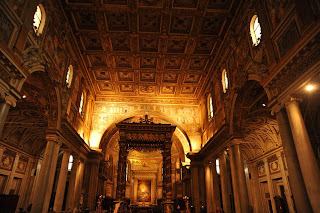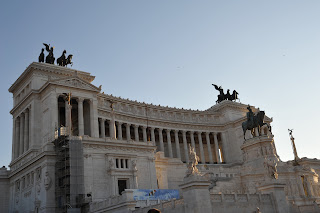December 25th has always been a special day, since the ancient times. Several traditions overlap on this day: the oldest one started in the year 272 AD, when Emperor Aurelianus imported from Syria, whose legendary Queen Zenobia was defeated during the same year, the worship of the Sun, which was widely practiced in that area of the world. The Emperor ordered the construction of a new temple on the Quirinal Hill, which was inaugurated on December 25th, 274 AD, giving officiality to this new kind of worship.
From that year on, Dec. 25th was a sacred day, namely "Dies Natalis Solis Invictus" (Day of Birth of the Invincible Sun).
This celebration also overlaps with another "Sol Invictus" celebration, that was related to the fact that, despite the Solsitce of Winter in on December 21st, only on the 25th the first visible signs of improvement of the daylight length, and of the height of the sun over the horizon start appearing.
Only at the end of the 4th century AD, when the celebration of Christmas started officially (the Edict of Theodosius of 380 AD banned all worships other than Christianity), the day of December 25th, after several centuries was turned from a late Pagan festivity into one of the most sacred days for Christianity.
Merry Christmas everybody!
From that year on, Dec. 25th was a sacred day, namely "Dies Natalis Solis Invictus" (Day of Birth of the Invincible Sun).
This celebration also overlaps with another "Sol Invictus" celebration, that was related to the fact that, despite the Solsitce of Winter in on December 21st, only on the 25th the first visible signs of improvement of the daylight length, and of the height of the sun over the horizon start appearing.
Only at the end of the 4th century AD, when the celebration of Christmas started officially (the Edict of Theodosius of 380 AD banned all worships other than Christianity), the day of December 25th, after several centuries was turned from a late Pagan festivity into one of the most sacred days for Christianity.
Merry Christmas everybody!
















































